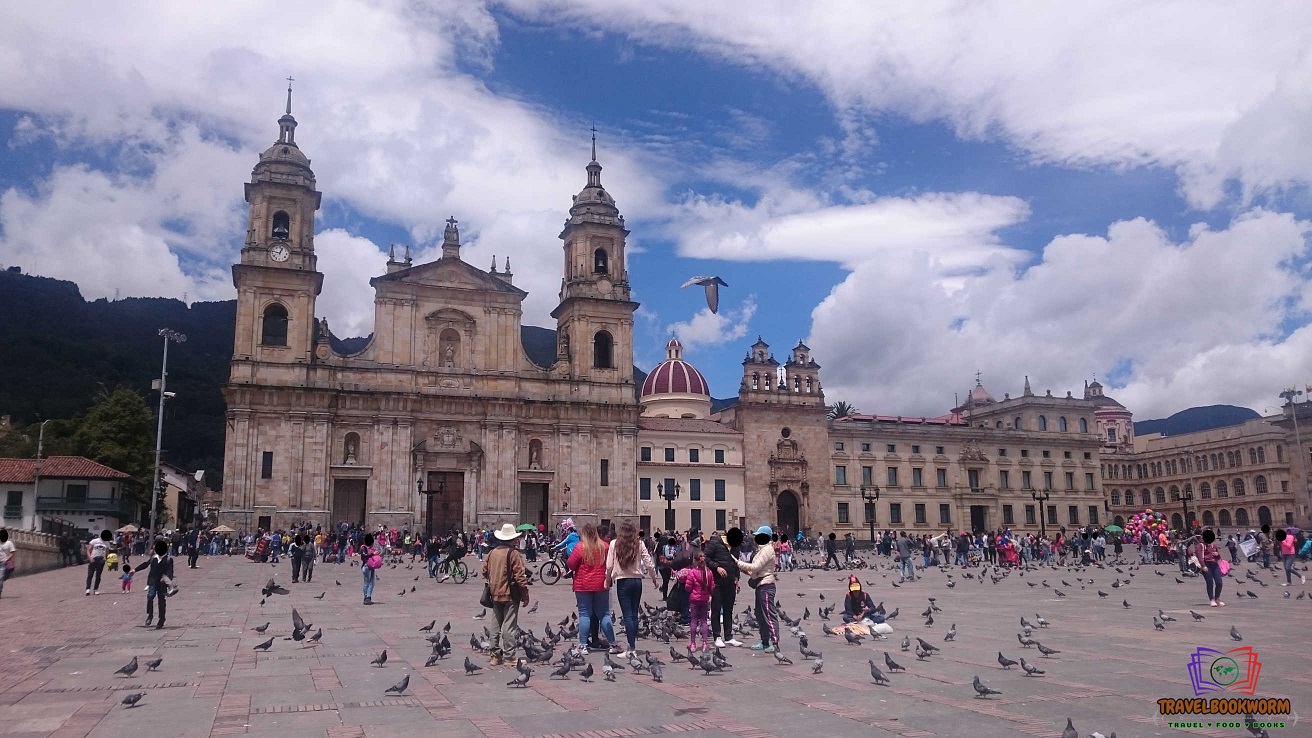La Candelaria happened to be the first place we visited for sightseeing in Colombia, and although it had been over a year since our last visit, I still remember the moments.
On our first visit, we’re still new to this country. Having arrived in Colombia just five days ago, we have yet to find an apartment. We stayed in the accommodation that the BC had arranged for us, Juliette ApartaSuites in Chapinero.
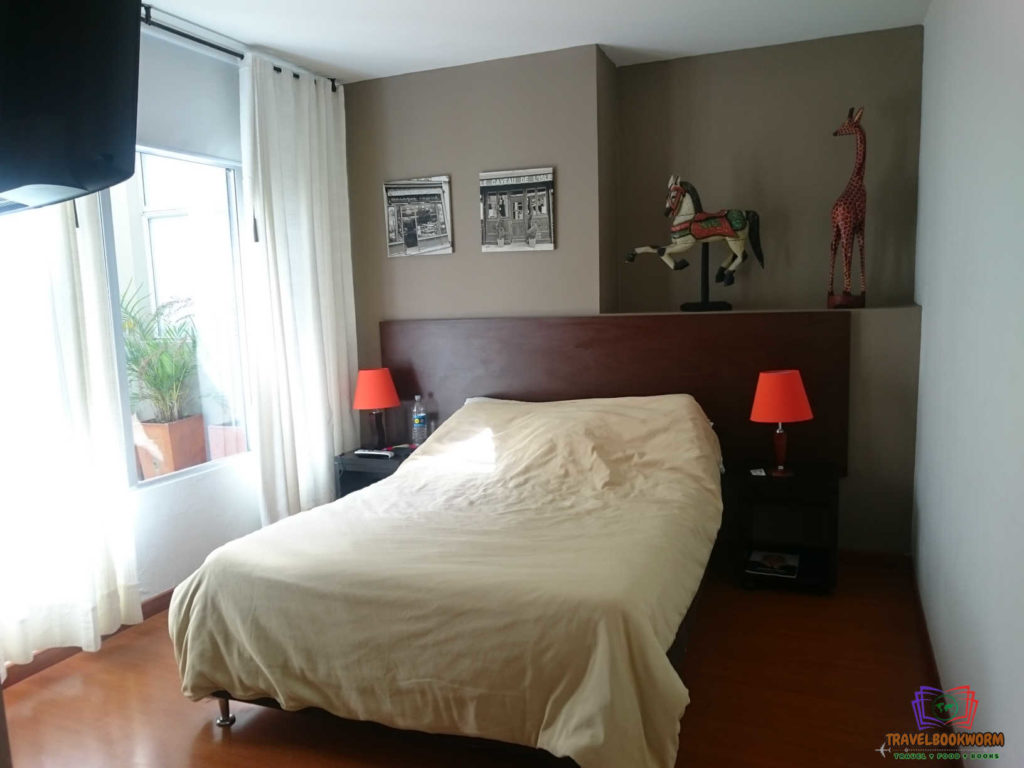
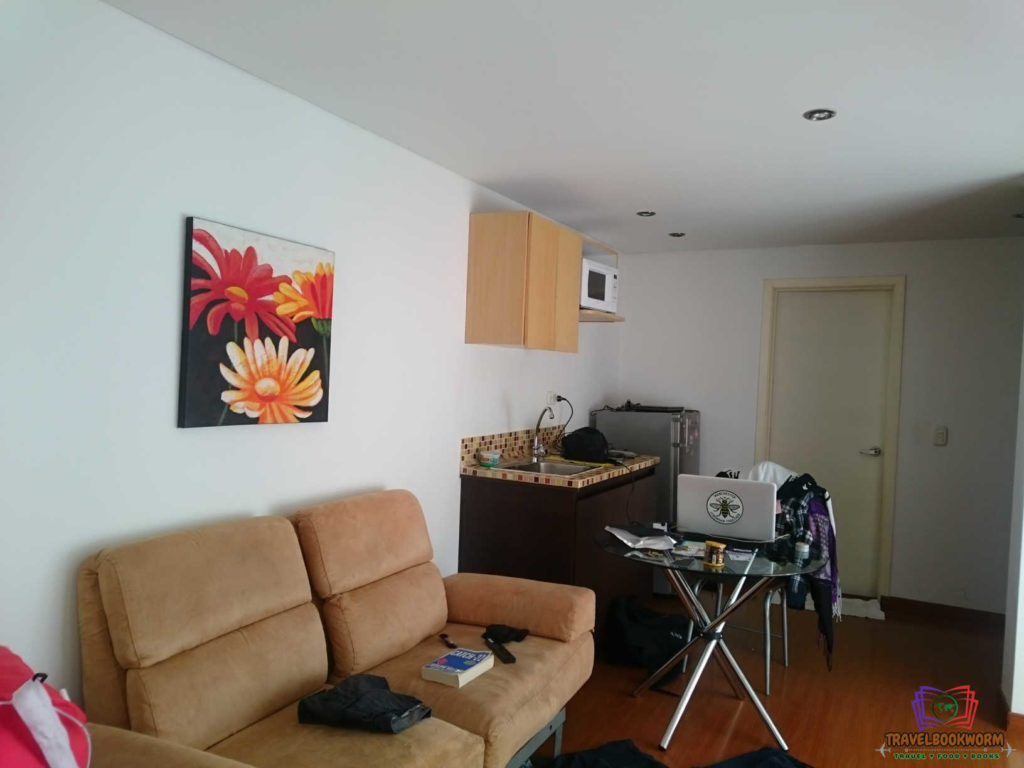
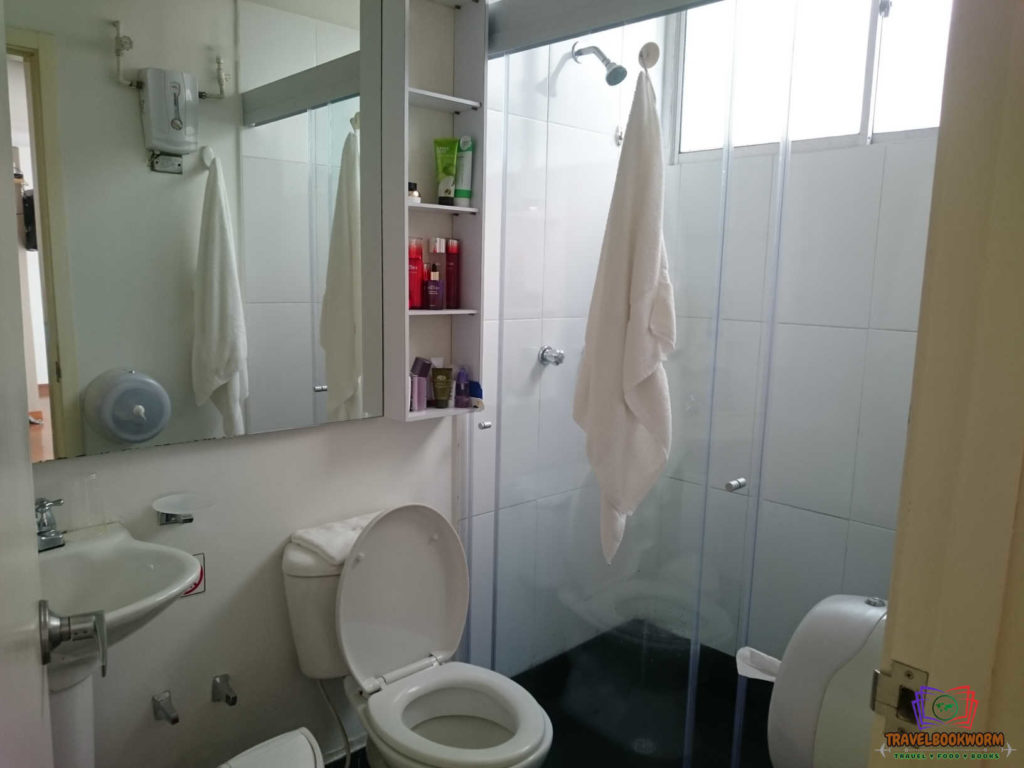
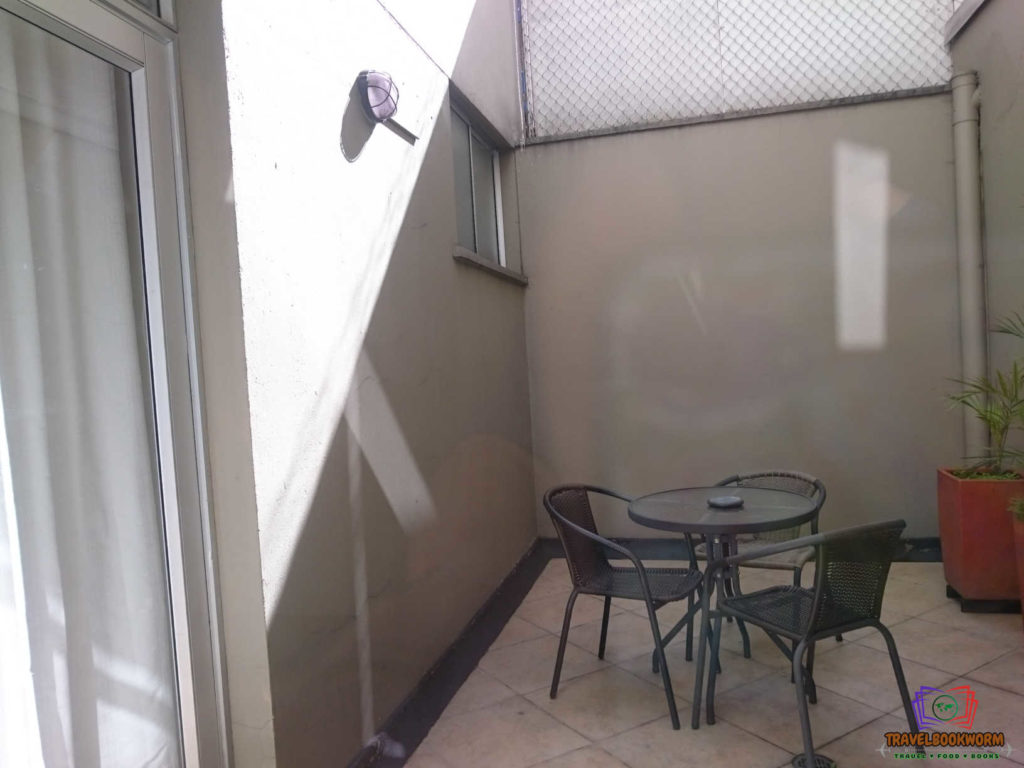
One of Mike’s colleagues, William, who arrived a few days before us told us his plan about going to this place. It didn’t take us long before we agreed to it. Taking a Taxi was the best choice we had at that time since we didn’t know public transportation well yet, unlike the second time when we took public transport.
During our first visit to this place, we didn’t get to visit many places. The sky was gloomy, and we had to walk around in a hurry for we didn’t want to get wet when the cloud decided it was time to release its burden. On our second visit, we went a little bit further, towards the direction of Chapinero. It was pleasant with the sun shining brightly, and I really liked it when the clouds hung low with the blue sky in the background.
Plaza de Bolívar de Bogotá / Bolivar Square
This spacious square with a size of approximately 149,000 sq ft is the main tourist attraction in La Candelaria. The most prominent building in this plaza is the Catedral Primada, located on the East.
The other three buildings that completed this square are the Capitolio Nacional (South), Palacio Liévano (West) and the Consejo de Estado (North). The monument parked nearby to the Capitolio Nacional building is the first public monument in the city, a bronze statue of Simon Bolivar cast in 1846 by Pietro Tenerani, an Italian artist.
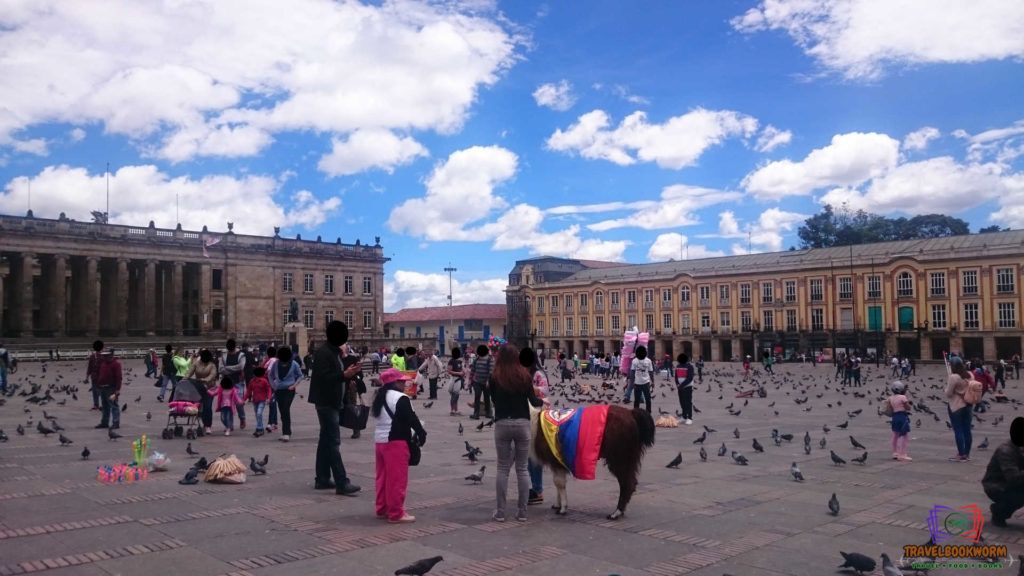
The Plaza de Bolivar was designed as the centre of the city, in an equidistant point to the San Francisco and San Agustin rivers. It was created as an emblematic place of the Spanish authority, in fact, there were placed the “Stone Columns” or “Pillories” that represented the King’s authority delegated to their judges who managed justice. Then the stone columns were replaced by public fountains and in the 17th century by the fountain named “Mono de la Pila” that stands currently in the Museo de Arte Colonial.
Source: Information on the board
Primatial Cathedral of Bogotá / Catedral Primada
This Neoclassical church has gone through several reconstructions work since the 16th century. In some cases, the structure collapsed due to puny foundations, and in 1785, the earthquake caused significant damage to the construction. Only in 1807 that they start building the massive structure and completed it in 1823, and it stands to this day as the biggest in Colombia.
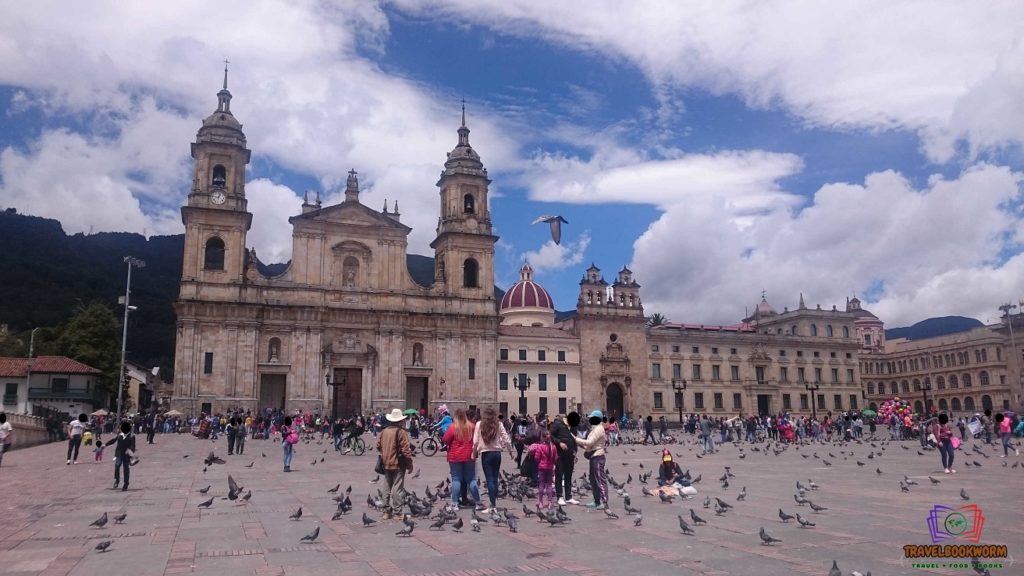
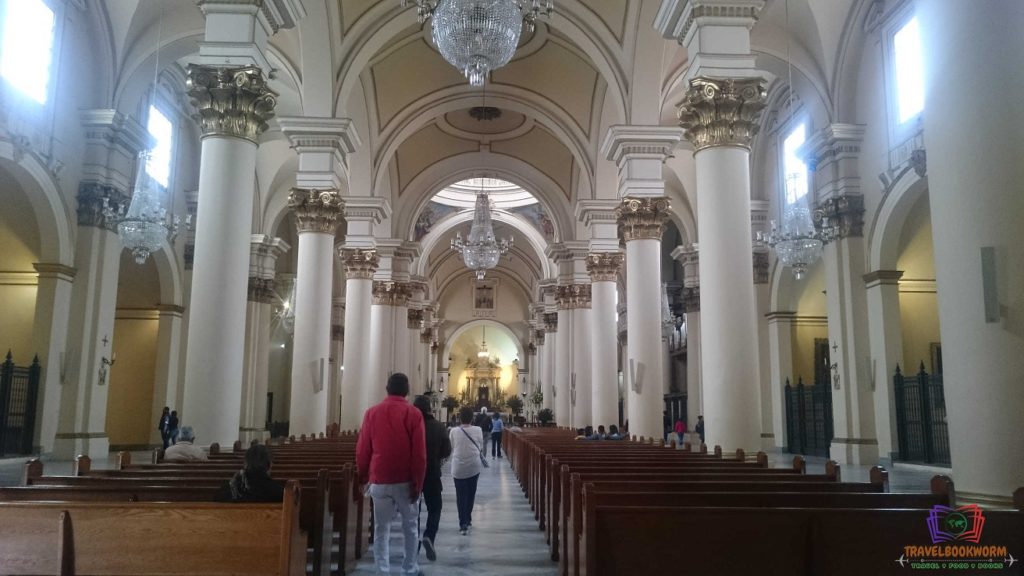
Capitolio Nacional / National Capitol of Colombia
This neoclassical building is closed to the public as it’s the seat of the National Congress, the highest authoritative body of the Republic of Colombia. It was built by English architect, Thoma Reed. The construction began in 1847 but was only completed in 1926 due to numerous political uprisings.
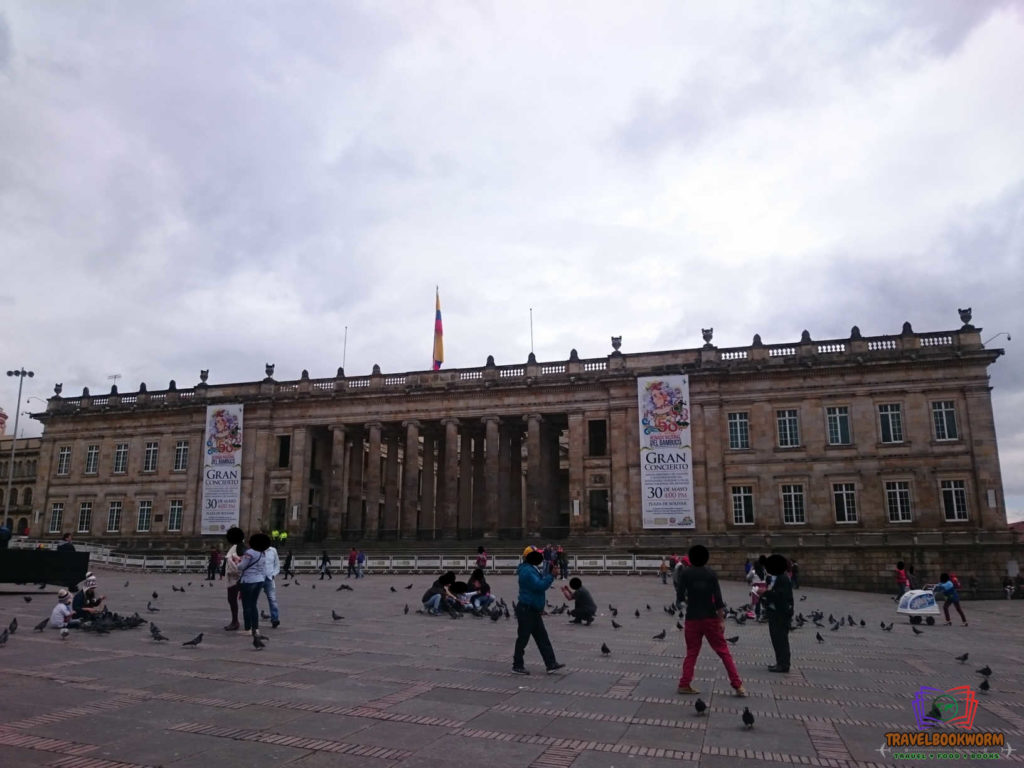
Palacio Liévano / Liévano Palace
The place where the Mayor’s Office of Bogotá has worked since 1910. This Renaissance-style structure was erected between 1902 and 1905.
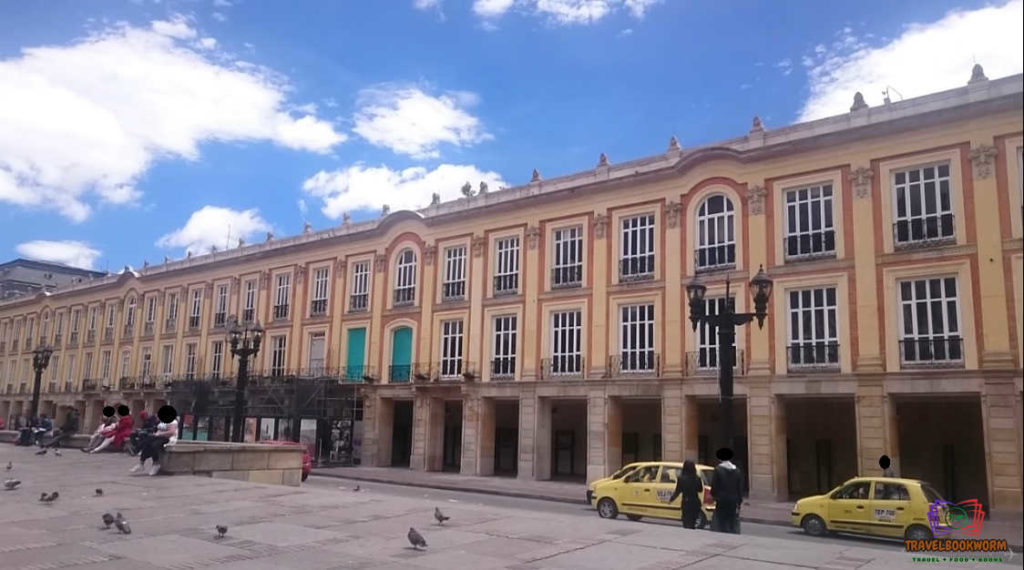
Jorge Eliecer Gaitan Monument
We would have missed this if we hadn’t stopped for drinks at Delicias Colombiana Bread & Coffee. This memorial with a few plaques on the wall is to commemorate one of the most charismatic leaders of the Liberal Party who was assassinated in this location during his second presidential campaign on 9th April 1948.
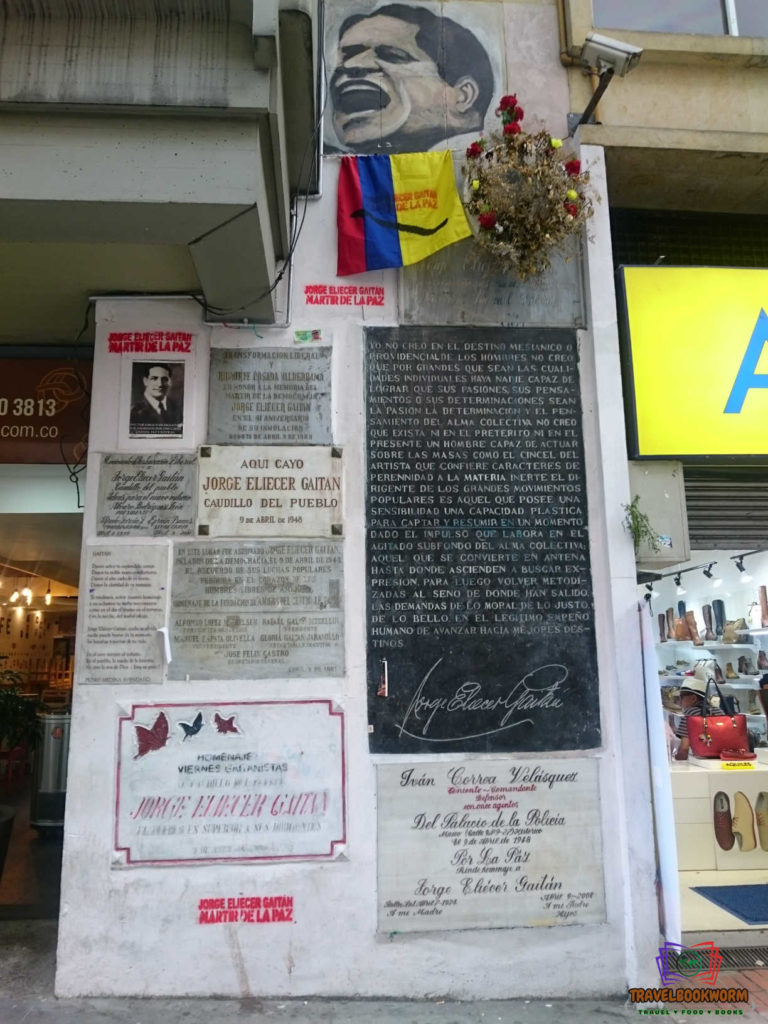
Jorge Eliecer Gaitan (1903 ~ 1948)
Source: Bicentenary Special – The Bogota Post July 10 ~ September 10, 2019.
One of the most charismatic leaders of the Liberal Party, Gaitan was known for criticising the ruling classes and promising greater equality and land reform. He was assassinated in his second presidential campaign in 1948, which triggered the famous Bogotazo, the citywide riots that began La Violencia which lasted over a decade. His plaque is, ironically, by the McDonalds on Septima with Aguas.
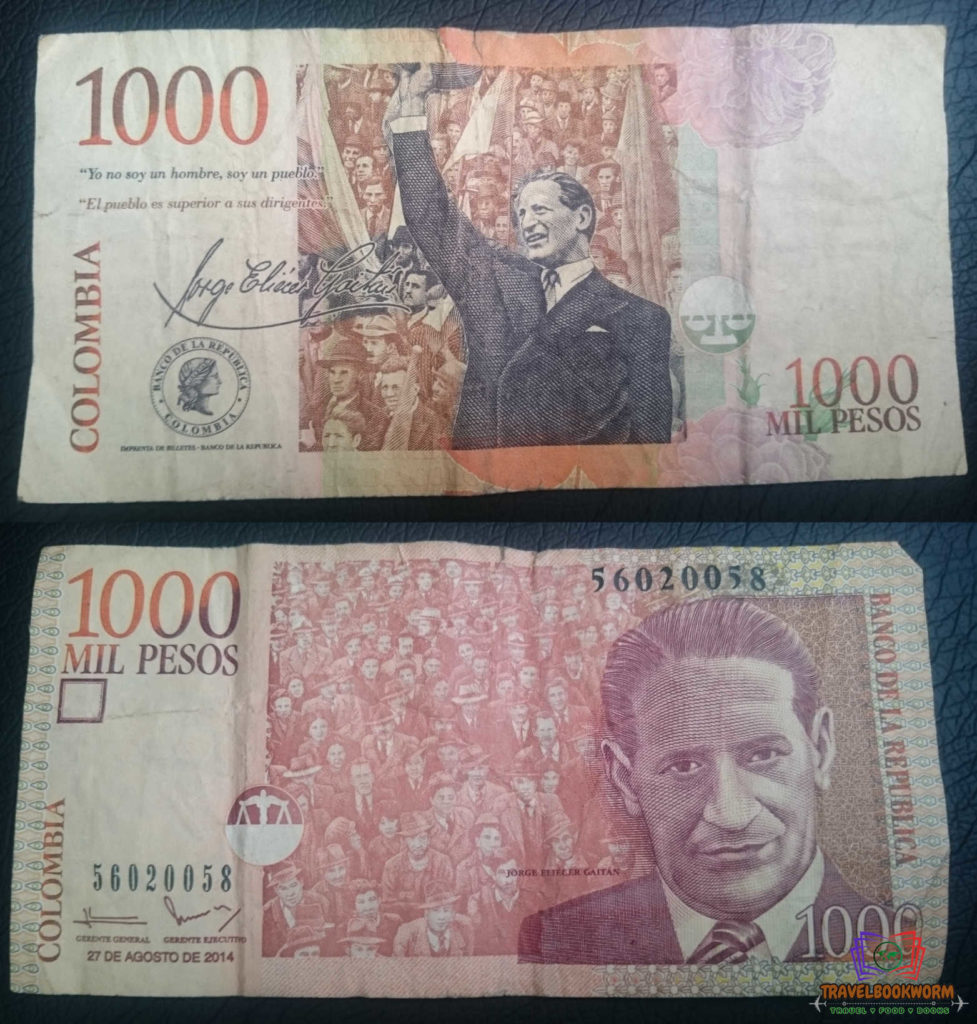
Iglesia de San Francisco
Bogota’s oldest surviving church was built between 1557 and 1621. The unique thing in this Catholic church is the remarkable 17th-century gilded main altarpiece. Bogota’s biggest and most elaborate piece of art of its kind.
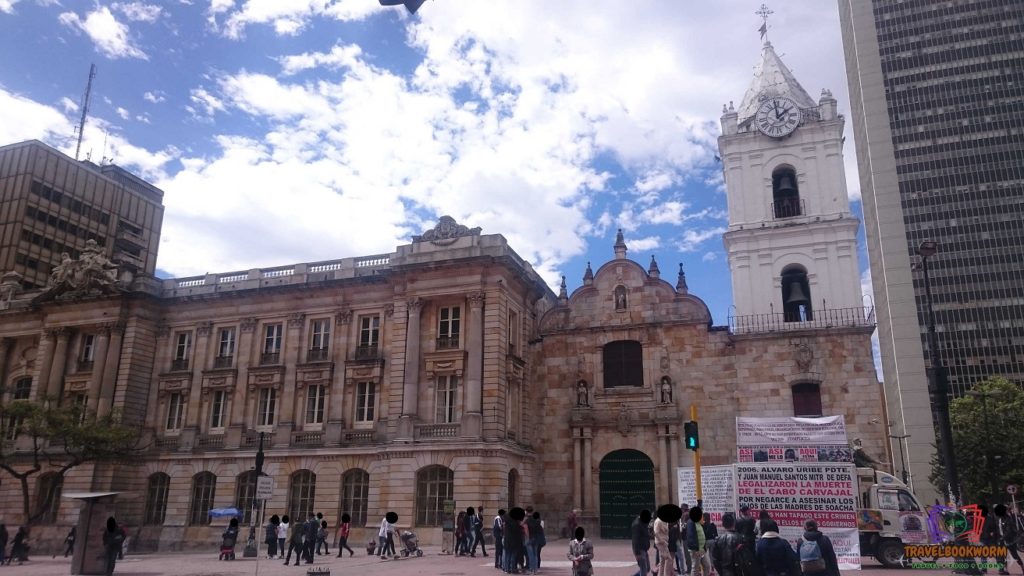
Iglesia Nuestra Señora de las Nieves
The unique colours of this church would attract architecture lovers with its facade of red and yellow stripes, influenced by the Roman-Byzantine style. Inside, the main altar is sheltered by several spiral columns, and the church also houses a golden relic embellished with pearls, emeralds and rubies.
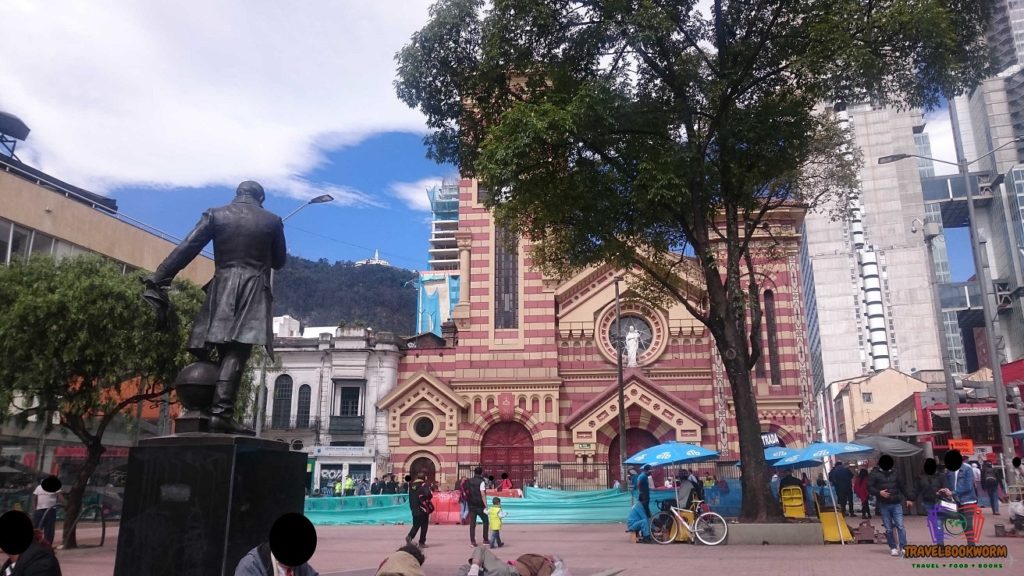
Pimientos Restaurante
During our second visit, we stopped for lunch in one of the many restaurants in the area. We had our lovely meals on the top floor, and they served what we ordered in a short time.
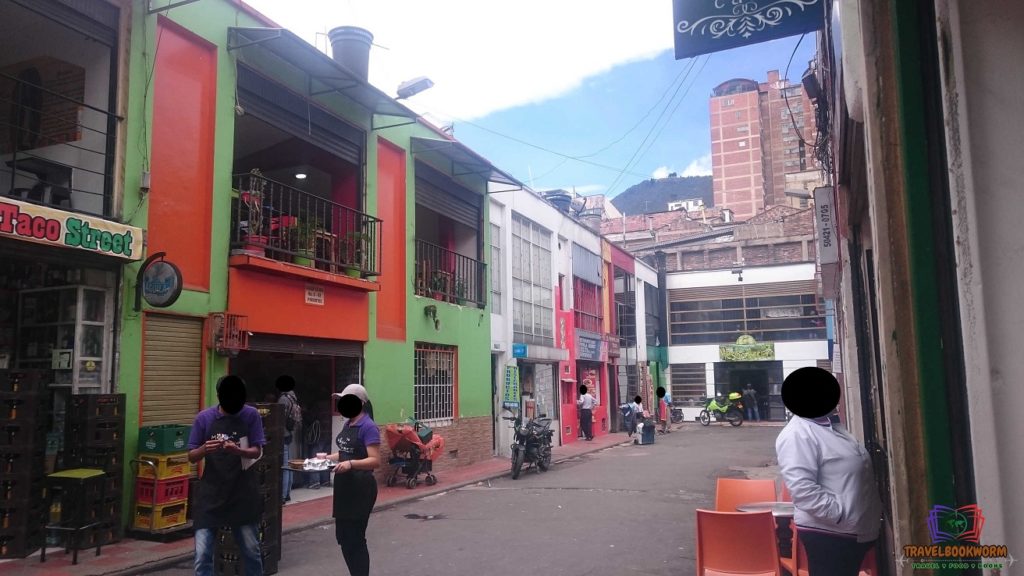
Food prices in Pimientos Restaurante
13,000COP – Carne Asada / Sobrebarriga / Lomito de Cerdo
14,000COP – Churrasco / Arriera
16,000COP – ½ Gallina
Platos Especiales
15,000COP – Pechuga Asada / Bandeja Paisa
16,000COP – Pechuga Gratinada / Pechuga en Champinones / Pechuga Hawaina
17,000COP – Lomo de Cerdo / Chuleta Valluna / Lomo Hawaiano / Sobrebarriga al Gusto / Lengua en Salsa
18,000COP – Carne Asada
19,000COP – Carne Arriera (Oreada) / Churrasco / Churrasco Argentino (Queso Salsa y Cebolla)
20,000COP – Plato Mixto
Ejecutivos
11,000COP – Plato de la Casa (Lunes a Jueves) / Pechuga
12,000COP – Higado Encebollado / Chuleta de Pierna de Cerdo / Combo de Frijol / Cazuela Frijol
13,000COP – Pescado de la Casa
13,500COP – Costillas de Cerdo (Viernes)
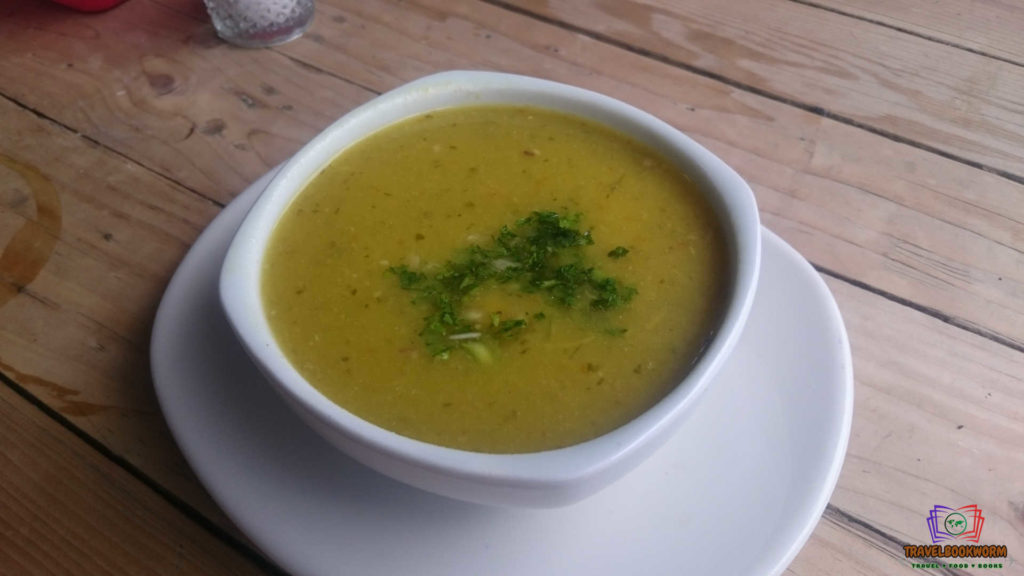
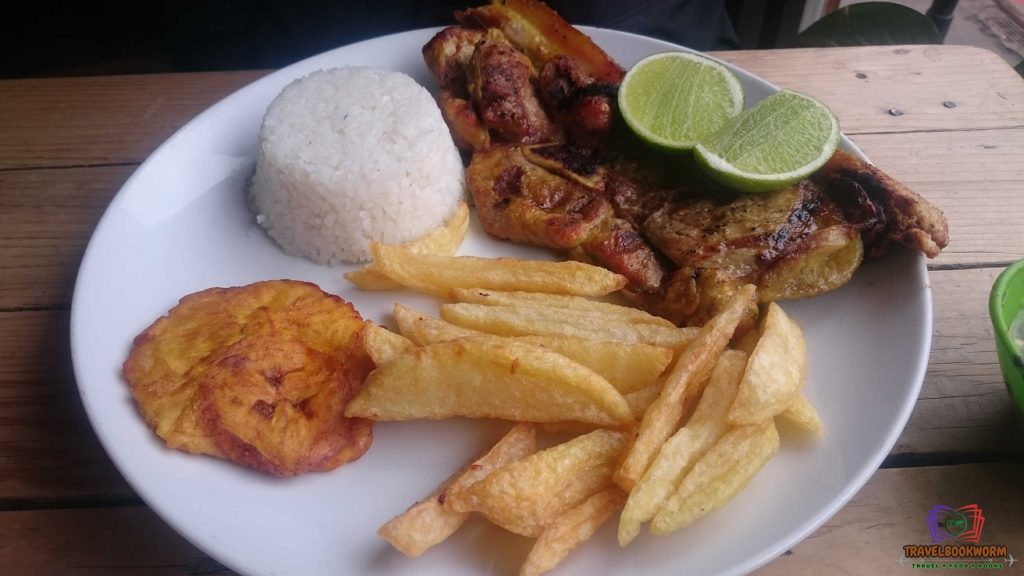
Comida de Mar
19,000COP – Moharra / Trucha Asada / Bagre al Gusto Arroz con Camaron / Arroz a la Marinera
20,000COP – Trucha al Ajillo
22,000COP – Trucha Marinera / Cazuela de Mariscos
Porciones
1,500COP – Arroz
2,500COP – Yuca Cocida / Papa Salada / Patacon
3,500COP – Papa Francesa / Sopa
Other picture and video around the area
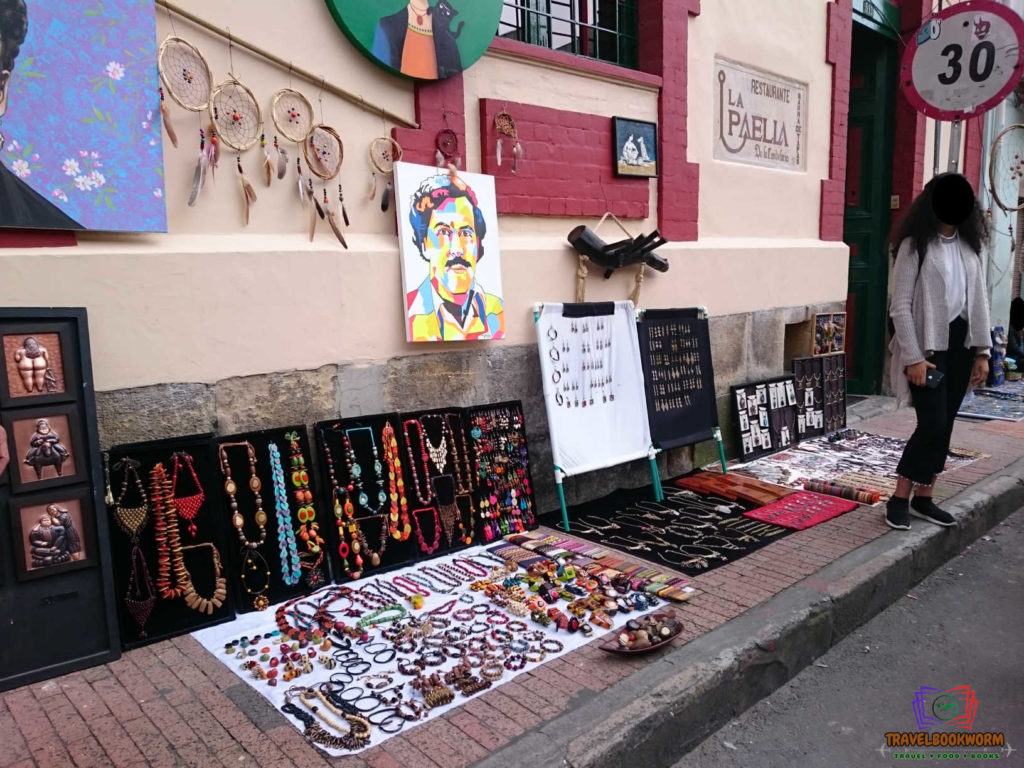
Travel Date: 19th May 2018 & 06th July 2019
